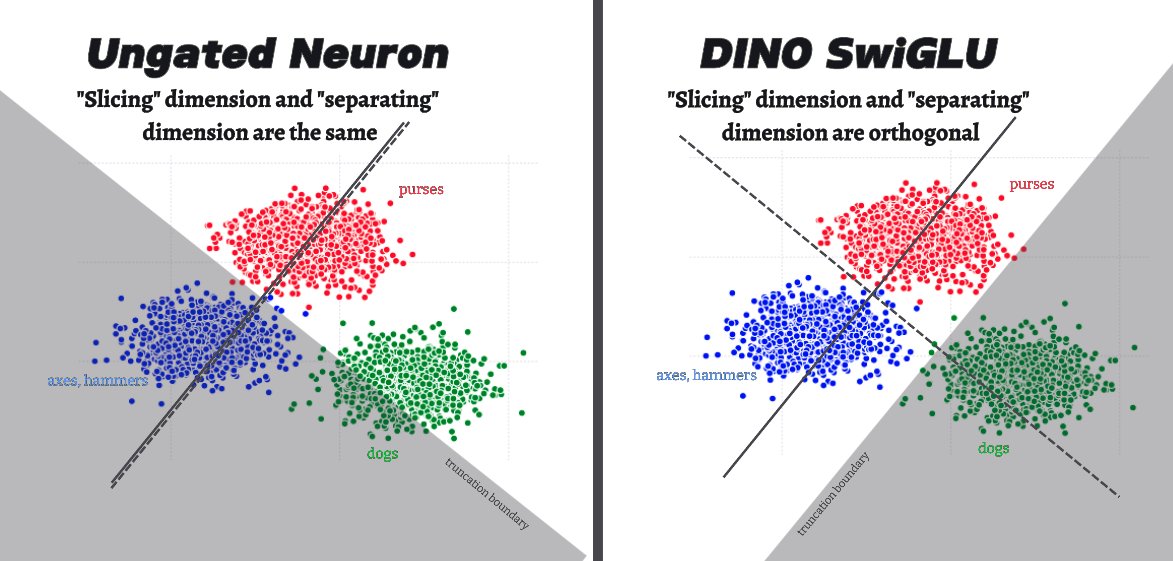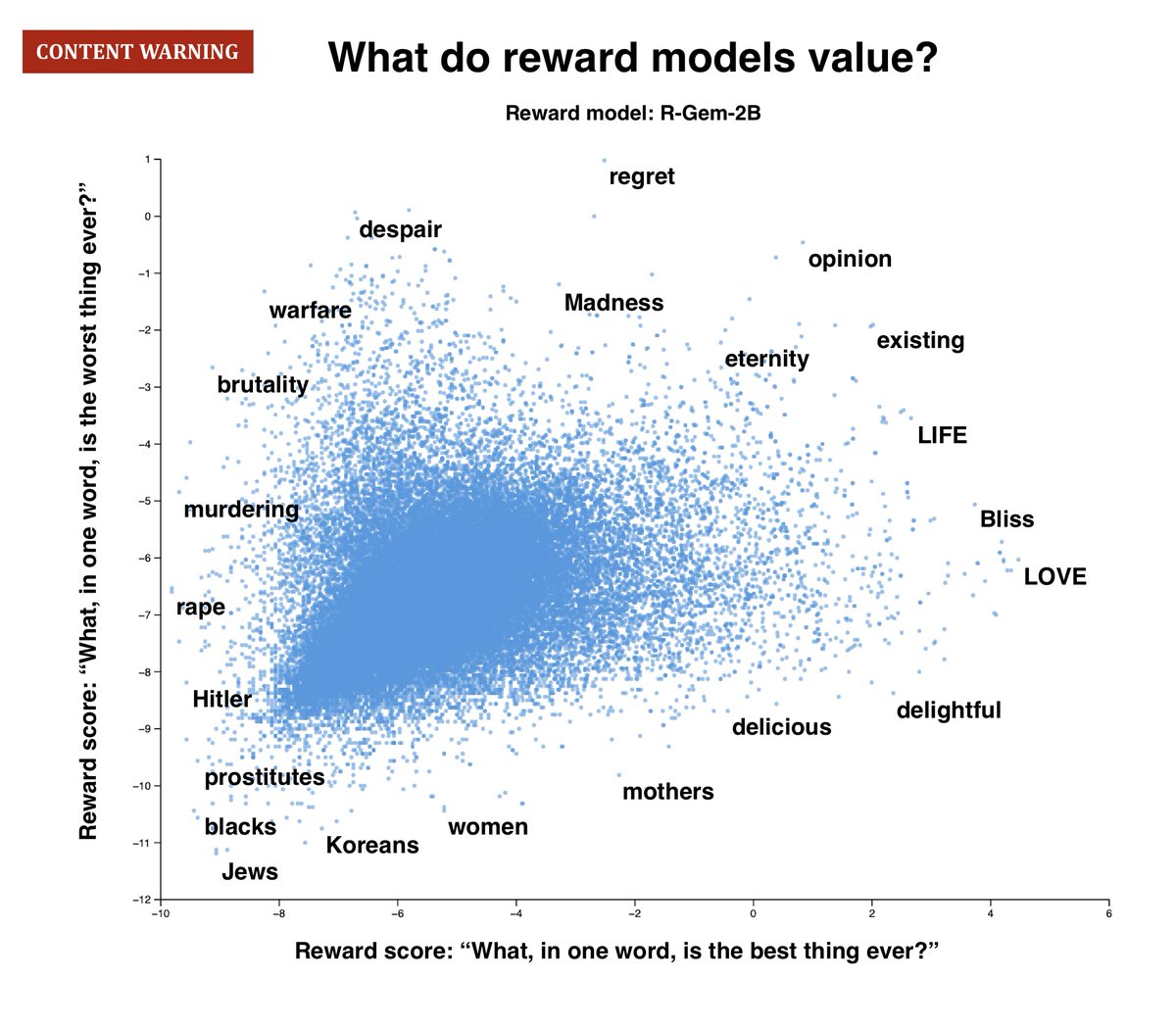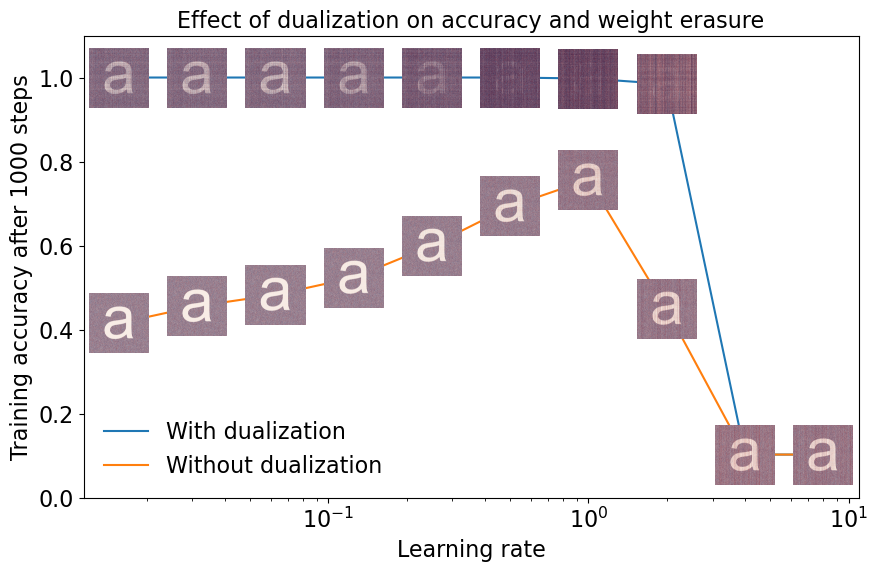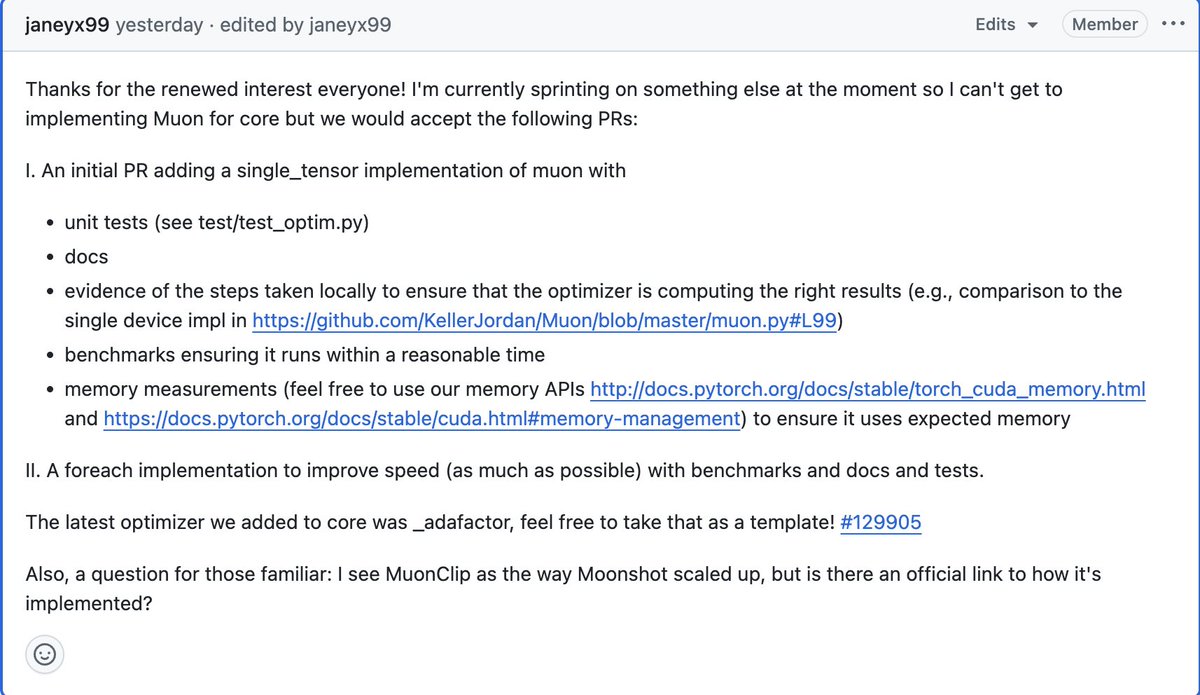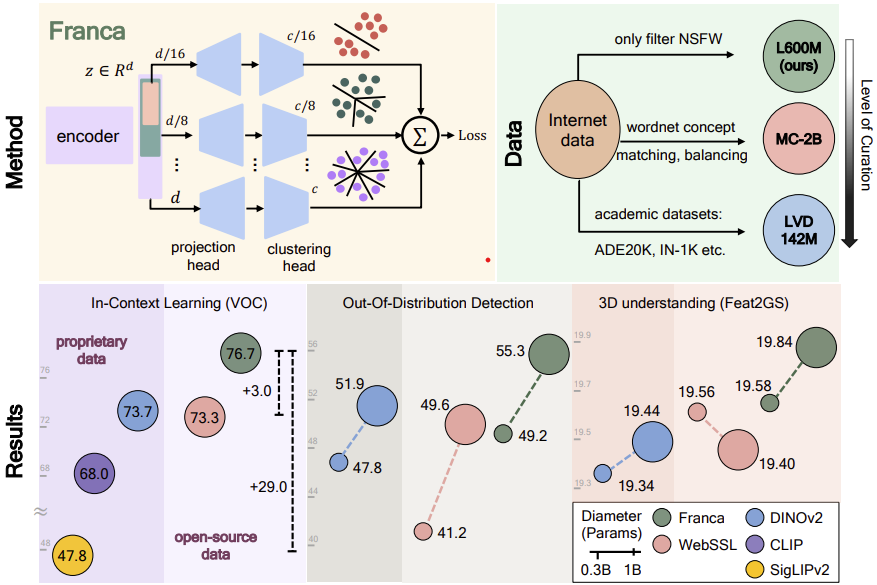
Florent BARTOCCIONI
@fbartoc
Building world models at valeoAI
ID: 1258383960721231872
http://f-barto.github.io 07-05-2020 13:11:43
209 Tweet
41 Followers
672 Following
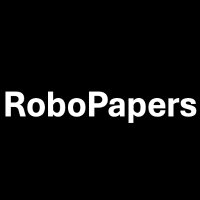
Full episode dropping soon! Geeking out with Paul Zhou on AutoEval: Autonomous Evaluation of Generalist Robot Manipulation Policies in the Real World auto-eval.github.io Co-hosted by Chris Paxton & Michael Cho - Rbt/Acc


This makes the past 3 years of work and often months away from my family worth it. A big shoutout to noriaki_hirose , Lydia Ignatova, Kyle Stachowicz Catherine Glossop Dhruv Shah Sergey Levine for giving meaning to the work we do FrodoBots While some see our attempts in robotic












François Chollet (François Chollet) on the ARC Prize and how we get to AGI. At AI Startup School in San Francisco. 00:00 - The Falling Cost of Compute 00:57 - Deep-Learning’s Scaling Era & Benchmarks 01:59 - The ARC Benchmark 03:02 - The 2024 Shift to Test-Time Adaptation 05:01 - What




